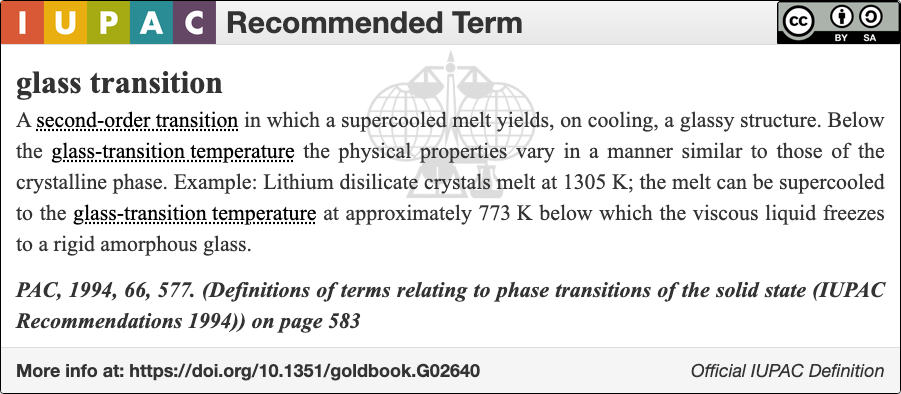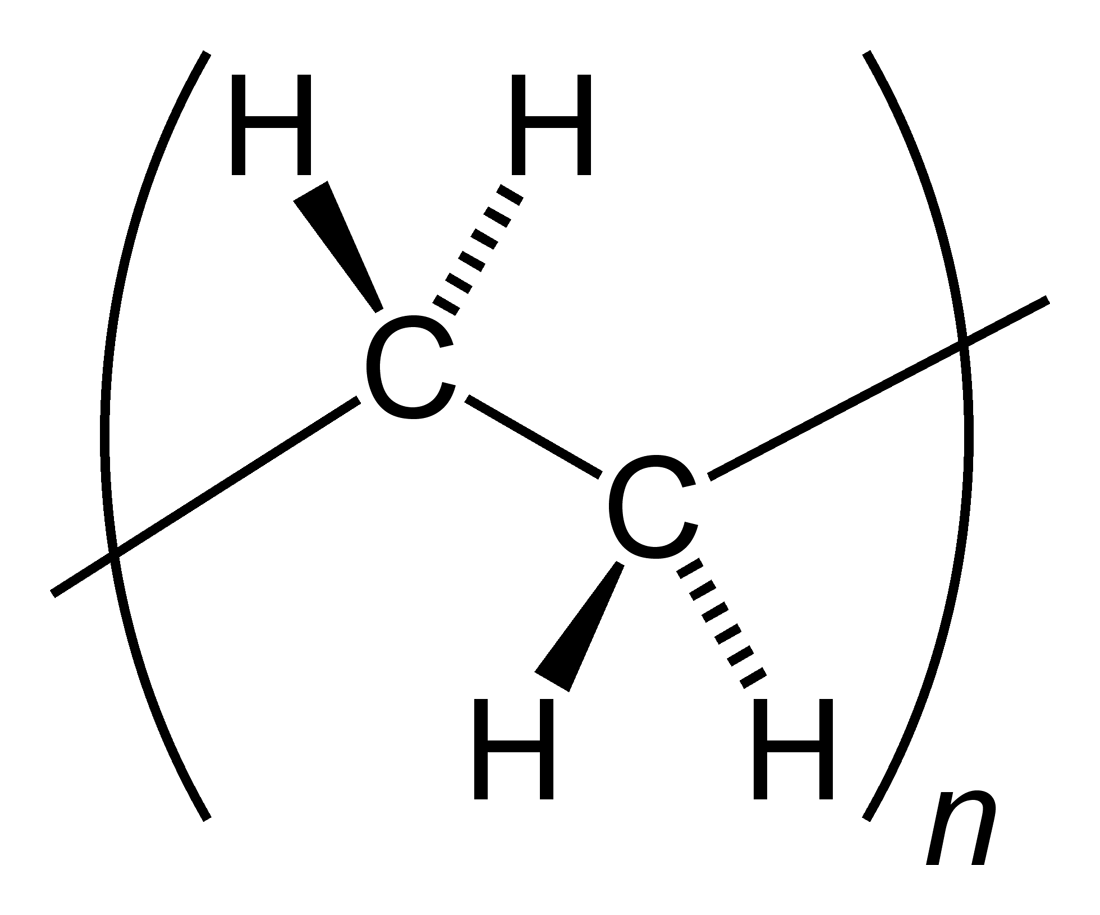|
PHBV
Poly(3-hydroxybutyrate-''co''-3-hydroxyvalerate), commonly known as PHBV, is a polyhydroxyalkanoate-type polymer. It is biodegradable, nontoxic, biocompatible plastic produced naturally by bacteria and a good alternative for many non-biodegradable synthetic polymers. It is a thermoplastic linear aliphatic polyester. It is obtained by the copolymerization of 3-hydroxybutanoic acid and 3-hydroxypentanoic acid. PHBV is used in speciality packaging, orthopedic devices and in controlled release of drugs. PHBV undergoes bacterial degradation in the environment. History PHBV was first manufactured in 1983 by Imperial Chemical Industries (ICI). It is commercialized under the trade name Biopol. ICI (Zeneca) sold it to Monsanto in 1996. This was then obtained by Metabolix in 2001. Biomer L is the trade name of PHBV from Biomer. Synthesis PHBV is synthesized by bacteria as storage compounds under growth limiting conditions. It can be produced from glucose and propionate by the recombina ... [...More Info...] [...Related Items...] OR: [Wikipedia] [Google] [Baidu] |
Polyhydroxyalkanoate
Polyhydroxyalkanoates or PHAs are polyesters produced in nature by numerous microorganisms, including through bacterial fermentation of sugars or lipids. When produced by bacteria they serve as both a source of energy and as a carbon store. More than 150 different monomers can be combined within this family to give materials with extremely different properties. These plastics are biodegradable and are used in the production of bioplastics. They can be either thermoplastic or elastomeric materials, with melting points ranging from 40 to 180 °C. The mechanical properties and biocompatibility of PHA can also be changed by blending, modifying the surface or combining PHA with other polymers, enzymes and inorganic materials, making it possible for a wider range of applications. Biosynthesis To induce PHA production in a laboratory setting, a culture of a micro-organism such as '' Cupriavidus necator'' can be placed in a suitable medium and fed appropriate nutrients so that ... [...More Info...] [...Related Items...] OR: [Wikipedia] [Google] [Baidu] |
Paracoccus Denitrificans
''Paracoccus denitrificans'', is a coccoid bacterium known for its nitrate reducing properties, its ability to replicate under conditions of hypergravity and for being a relative of the eukaryotic mitochondrion (endosymbiotic theory). Description ''Paracoccus denitrificans'', is a gram-negative, coccus, non-motile, denitrifying (nitrate-reducing) bacterium. It is typically a rod-shaped bacterium but assumes spherical shapes during the stationary phase. Like all gram-negative bacteria, it has a double membrane with a cell wall. Formerly known as ''Micrococcus denitrificans'', it was first isolated in 1910 by Martinus Beijerinck, a Dutch microbiologist. The bacterium was reclassified in 1969 to ''Paracoccus denitrificans'' by D.H. Davis. The genome of ''P. denitrificans'' was sequenced in 2004. Ecology and ecological applications Metabolically ''Paracoccus denitrificans'' is very flexible and has been recorded in soil in both aerobic or anaerobic environments. The microbe also ... [...More Info...] [...Related Items...] OR: [Wikipedia] [Google] [Baidu] |
Glass Transition Temperature
The glass–liquid transition, or glass transition, is the gradual and reversible transition in amorphous materials (or in amorphous regions within semicrystalline materials) from a hard and relatively brittle "glassy" state into a viscous or rubbery state as the temperature is increased. ISO 11357-2: Plastics – Differential scanning calorimetry – Part 2: Determination of glass transition temperature (1999). An amorphous solid that exhibits a glass transition is called a glass. The reverse transition, achieved by supercooling a viscous liquid into the glass state, is called vitrification. The glass-transition temperature ''T''g of a material characterizes the range of temperatures over which this glass transition occurs (as an experimental definition, typically marked as 100 s of relaxation time). It is always lower than the melting temperature, ''T''m, of the crystalline state of the material, if one exists, because the glass is a higher energy state (or enthalpy at const ... [...More Info...] [...Related Items...] OR: [Wikipedia] [Google] [Baidu] |
Permeation
In physics and engineering, permeation (also called imbuing) is the penetration of a wikt:permeate#English, permeate (a fluid such as a liquid, gas, or vapor) through a solid. It is directly related to the concentration gradient of the permeate, a material's intrinsic permeability, and the materials' mass diffusivity. Permeation is modeled by equations such as Fick's laws of diffusion, and can be measured using tools such as a minipermeameter. Description The process of permeation involves the diffusion of molecules, called the permeant, through a membrane or interface. Permeation works through diffusion; the permeant will move from high concentration to low concentration across the interface. A material can be semipermeable, with the presence of a semipermeable membrane. Only molecules or ions with certain properties will be able to diffuse across such a membrane. This is a very important mechanism in biology where fluids inside a blood vessel need to be regulated and controlle ... [...More Info...] [...Related Items...] OR: [Wikipedia] [Google] [Baidu] |
Polyethylene
Polyethylene or polythene (abbreviated PE; IUPAC name polyethene or poly(methylene)) is the most commonly produced plastic. It is a polymer, primarily used for packaging (plastic bags, plastic films, geomembranes and containers including bottles, cups, jars, etc.). , over 100 million tonnes of polyethylene resins are being produced annually, accounting for 34% of the total plastics market. Many kinds of polyethylene are known, with most having the chemical formula (C2H4)''n''. PE is usually a mixture of similar polymers of ethylene, with various values of ''n''. It can be ''low-density'' or ''high-density'' and many variations thereof. Its properties can be modified further by crosslinking or copolymerization. All forms are nontoxic as well as chemically resilient, contributing to polyethylene's popularity as a multi-use plastic. However, polyethylene's chemical resilience also makes it a long-lived and decomposition-resistant pollutant when disposed of improperly. Being a h ... [...More Info...] [...Related Items...] OR: [Wikipedia] [Google] [Baidu] |
Polypropylene
Polypropylene (PP), also known as polypropene, is a thermoplastic polymer used in a wide variety of applications. It is produced via chain-growth polymerization from the monomer Propene, propylene. Polypropylene belongs to the group of polyolefins and is Crystallization of polymers#Degree of crystallinity, partially crystalline and Chemical polarity#Nonpolar molecules, non-polar. Its properties are similar to polyethylene, but it is slightly harder and more heat-resistant. It is a white, mechanically rugged material and has a high chemical resistance. Polypropylene is the second-most widely produced Commodity plastics, commodity plastic (after polyethylene). History Phillips Petroleum chemists J. Paul Hogan and Robert Banks (chemist), Robert Banks first demonstrated the polymerization of propylene in 1951. The stereoselective polymerization to the isotactic was discovered by Giulio Natta and Karl Rehn in March 1954. This pioneering discovery led to large-scale commercial producti ... [...More Info...] [...Related Items...] OR: [Wikipedia] [Google] [Baidu] |
Monomer
A monomer ( ; ''mono-'', "one" + '' -mer'', "part") is a molecule that can react together with other monomer molecules to form a larger polymer chain or two- or three-dimensional network in a process called polymerization. Classification Chemistry classifies monomers by type, and two broad classes based on the type of polymer they form. By type: * natural vs synthetic, e.g. glycine vs caprolactam, respectively * polar vs nonpolar, e.g. vinyl acetate vs ethylene, respectively * cyclic vs linear, e.g. ethylene oxide vs ethylene glycol, respectively By type of polymer they form: * those that participate in condensation polymerization * those that participate in addition polymerization Differing stoichiometry causes each class to create its respective form of polymer. : The polymerization of one kind of monomer gives a homopolymer. Many polymers are copolymers, meaning that they are derived from two different monomers. In the case of condensation polymerizations, t ... [...More Info...] [...Related Items...] OR: [Wikipedia] [Google] [Baidu] |
Ester Bond
In chemistry, an ester is a compound derived from an acid (either organic or inorganic) in which the hydrogen atom (H) of at least one acidic hydroxyl group () of that acid is replaced by an organyl group (R). These compounds contain a distinctive functional group. Analogues derived from oxygen replaced by other chalcogens belong to the ester category as well. According to some authors, organyl derivatives of acidic hydrogen of other acids are esters as well (e.g. amides), but not according to the IUPAC. Glycerides are fatty acid esters of glycerol; they are important in biology, being one of the main classes of lipids and comprising the bulk of animal fats and vegetable oils. Lactones are cyclic carboxylic esters; naturally occurring lactones are mainly 5- and 6-membered ring lactones. Lactones contribute to the aroma of fruits, butter, cheese, vegetables like celery and other foods. Esters can be formed from oxoacids (e.g. esters of acetic acid, carbonic acid, sulfuric a ... [...More Info...] [...Related Items...] OR: [Wikipedia] [Google] [Baidu] |
Catalyst
Catalysis () is the increase in rate of a chemical reaction due to an added substance known as a catalyst (). Catalysts are not consumed by the reaction and remain unchanged after it. If the reaction is rapid and the catalyst recycles quickly, very small amounts of catalyst often suffice; mixing, surface area, and temperature are important factors in reaction rate. Catalysts generally react with one or more reactants to form intermediates that subsequently give the final reaction product, in the process of regenerating the catalyst. The rate increase occurs because the catalyst allows the reaction to occur by an alternative mechanism which may be much faster than the noncatalyzed mechanism. However the noncatalyzed mechanism does remain possible, so that the total rate (catalyzed plus noncatalyzed) can only increase in the presence of the catalyst and never decrease. Catalysis may be classified as either homogeneous, whose components are dispersed in the same phase (usual ... [...More Info...] [...Related Items...] OR: [Wikipedia] [Google] [Baidu] |
Aluminoxane
Aluminoxanes are organoaluminium compounds with the formula [RAlO]m[R2AlO0.5]n[R2AlOH]o, where R = organic substituent. The following structural rules apply: Al is tetrahedral and O is three-coordinate. Methylaluminoxane is widely used in the polymerization of alkenes. These compounds are typically obtained by the partial hydrolysis of trialkylaluminium compounds. Aluminoxanes serve as activators for catalytic olefin polymerisation, such as the Ziegler–Natta catalyst. They also serve a function as Scavenger (chemistry), scavenger for impurities (e.g. water) in reactions that are sensitive to these impurities. Aluminoxane, appearing as white solids, are encountered as solutions. References Aluminium compounds Organometallic compounds Coordination complexes {{Organic-compound-stub ... [...More Info...] [...Related Items...] OR: [Wikipedia] [Google] [Baidu] |
β-Butyrolactone
β-Butyrolactone is the Intramolecular reaction, intramolecular carboxylic acid ester (lactone) of the optically active 3-Hydroxybutanoic acid, 3-hydroxybutanoic acid. It is produced during chemical synthesis as a racemate. β-Butyrolactone is suitable as a monomer for the production of the biodegradable polyhydroxyalkanoate Polyhydroxybutyrate, poly(3-hydroxybutyrate) (PHB). Polymerisation of racemic (''RS'')-β-butyrolactone provides (''RS'')-polyhydroxybutyric acid, which, however, is inferior in essential properties (e.g. strength or degradation behaviour) to the (''R'')-poly-3-hydroxybutyrate originating from natural sources. Production β-Butyrolactone is obtained in 63% yield by the addition of ethanal to ethenone (ketene) in the presence of the Clay minerals, clay mineral montmorillonite. For this purpose, ethenone can also be produced in-situ by dehydrobromination of acetyl bromide with the Hünig base diisopropylethylamine. In the presence of a chiral aluminium comp ... [...More Info...] [...Related Items...] OR: [Wikipedia] [Google] [Baidu] |


